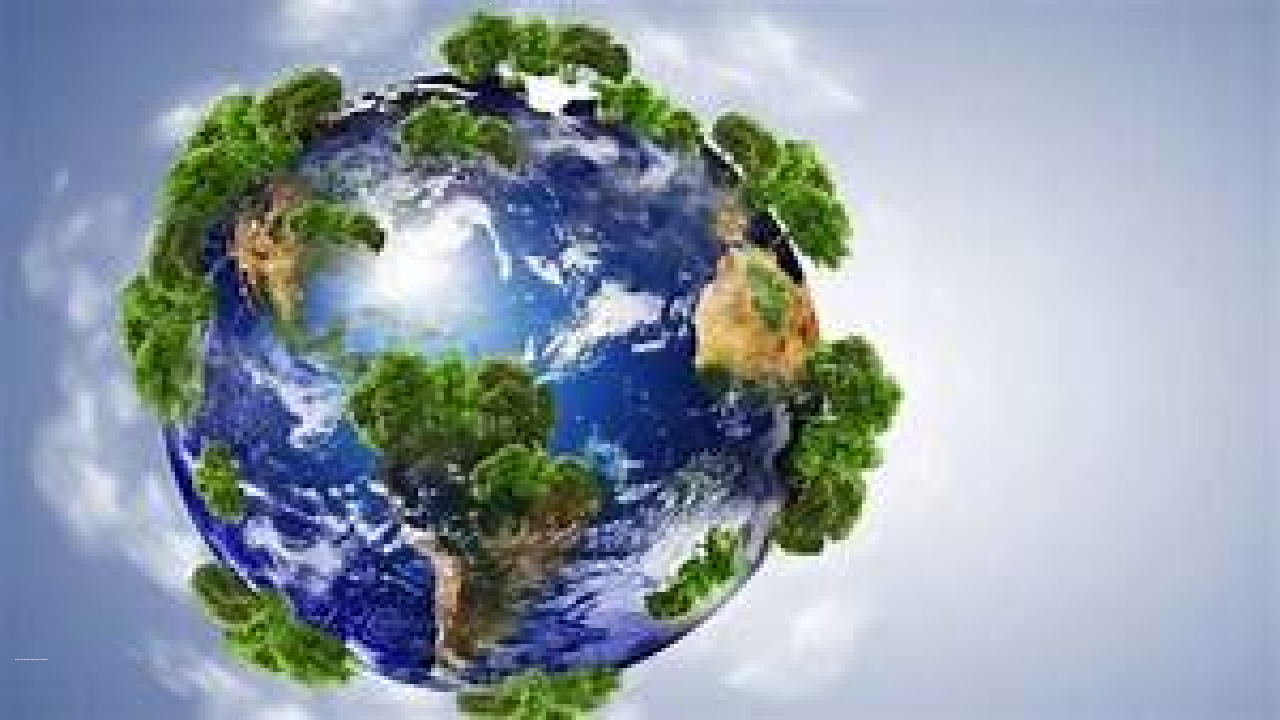Ecological Threat Report 2023
A recent report by the Institute for Economics and Peace (IEP) warns that the number of people living in countries facing severe ecological threats is expected to surge to 2.8 billion by 2050, up from the current 1.8 billion. These alarming findings come as a result of increasing environmental challenges and climate-related events.
Hotspots in Sub-Saharan Africa
The IEP’s Ecological Threat Report 2023 highlights that over half of the countries facing severe threats are located in sub-Saharan Africa. The report assesses global ecological threats, pinpointing countries and regions most susceptible to conflict, civil unrest, and displacement due to environmental degradation.
Scope of the Study
Covering 221 countries and independent territories, the report further delved into 3,594 sub-national areas, encompassing nearly the entire global population. Out of these areas, 66 countries currently confront at least one severe ecological threat.
Rising Concerns
The report reveals that the number of countries grappling with severe ecological threats and limited societal resilience has surged from 27 to 30 in the past year. Sub-Saharan Africa particularly stands out as a region with significantly heightened ecological threats.
Hotspot Nations
Among the 30 countries identified as hotspots for severe ecological threats and low societal resilience, 19 are located in sub-Saharan Africa. Ethiopia, Niger, Somalia, and South Sudan are considered the most vulnerable, with Ethiopia and Niger newly emerging as hotspots. The report also adds Myanmar to the list of countries facing heightened ecological threats.
Regions of Relative Safety
In contrast, Europe and North America remain the only regions where no country currently faces a severe ecological threat, according to the report.
Key Threat Categories
The report categorizes ecological threats into four main areas: food insecurity, natural disasters, demographic pressure, and water risk. Currently, 42 countries are experiencing severe food insecurity, affecting nearly four billion people, primarily in sub-Saharan Africa.
Water Risk and Conflict
Water risk emerges as a significant global ecological threat, with two billion people lacking access to safe drinking water. While sub-Saharan Africa faces the highest water risk, the Middle East, North Africa, Russia, and Eurasia are also witnessing increasing challenges in this regard. The report highlights that a 25% increase in food insecurity, lack of access to clean drinking water, or natural disasters raises the risk of conflict by 36%, 18%, and 21%, respectively.
Call for Action
The report underscores the urgency for world leaders to take action, invest in resilience-building, and address ecological threats, especially as the 28th Conference of Parties (COP28) to the United Nations Framework Convention on Climate Change approaches. Steve Killelea, founder and executive chairman of IEP, emphasizes the need for proactive measures to combat these threats and support affected communities.
Investment for Resilience
The report underscores the need for substantial investment to enhance resilience against ecological threats, reducing the risk of conflict and forced migration. It also outlines various policy recommendations aimed at assisting local communities in improving water resources, agricultural yields, and overall resilience.
Month: Current Affairs - November, 2023
Category: Reports & Indexes Current Affairs






